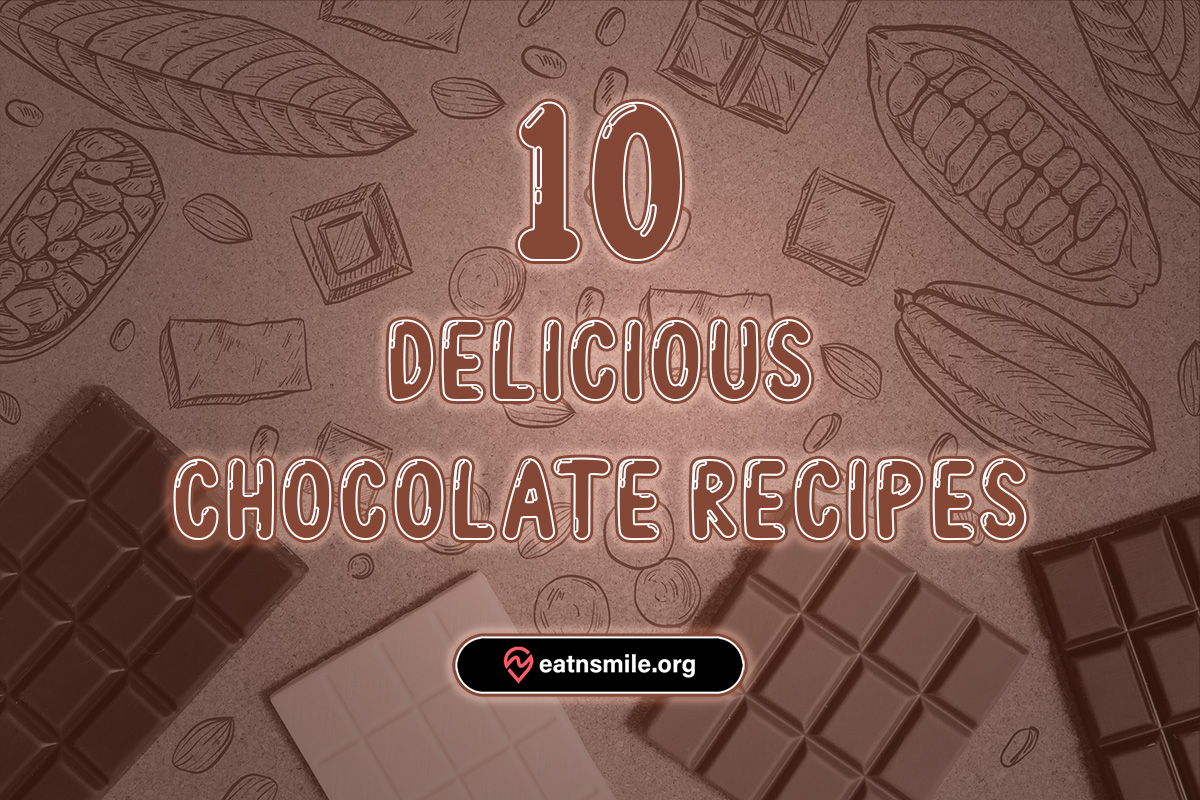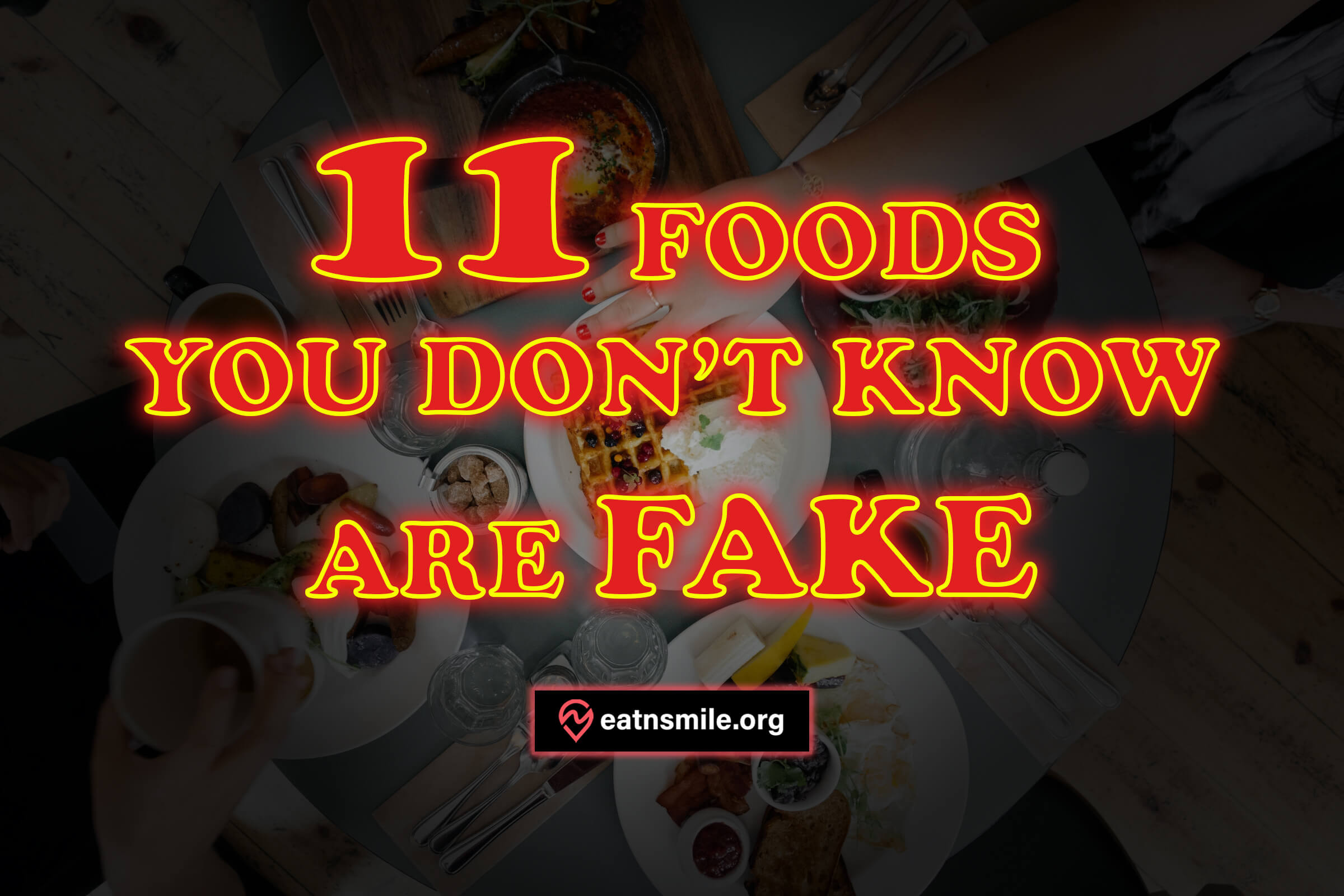
11 fake foods that will fool your taste buds
Nowadays, food is more than just a necessity; it is an art form that we enjoy. We are always drawn to delicious food, but do we really know what we are eating?
Here are 11 fake foods that we regularly consume but don’t even know that we’ve been fooled.
11 fake foods that can easily fool you.
Blueberries
Blueberries are a delicious and nutritious fruit with high levels of healthy fiber and antioxidants (according to Healthline) that is often used in baked goods and other foods. However, it is important to be aware that not all blueberry products contain real blueberries.
Some products contain fake blueberries, which are made from sugar, corn syrup, starch, oils, synthetic flavoring agents, and red and blue food dyes (according to a report by wildblueberries.com). These imitation blueberries may not have the same nutritional value as real blueberries, and they may also be harmful to your health.
To avoid imitation blueberries, it is important to read the ingredients list carefully. If you see the words “blueberry flavored” or “blueberry extract,” it is likely that the product does not contain real blueberries. You should also avoid products that contain artificial colors, such as Red #40 and Blue #2.
If you want to get the most nutritional benefits from blueberries, it is best to eat them fresh or frozen. You can also add them to your own baked goods and other foods. This can help you ensure that you are not getting those fake foodstuffs.

Truffle Oil
Truffle is a type of fungus that is difficult to obtain. They cannot be cultivated and grow underground in only a few regions around the globe. Truffles are often used in high-end cuisine because of their unique flavor. However, they can be very expensive, with some varieties costing thousands of dollars per pound.
In order to meet the demand for truffles, some food producers have created truffle oil. Truffle oil is a more affordable way to add the flavor of truffles to dishes. However, not all truffle oil is created equal. Some truffle oils are made with synthetic ingredients that do not have the same flavor as real truffles.
According to The New York Times, even high-end restaurant chefs have been fooled by synthetic truffle oil. The truth is, most truffle oil is not made with real truffles. Instead, it is made with synthetic chemical compounds and derivatives such as 2,4-Dithiapentane.
If you are looking for the real deal, be sure to buy truffles from a reputable source. You can also ask your chef if they use real truffles in their dishes.
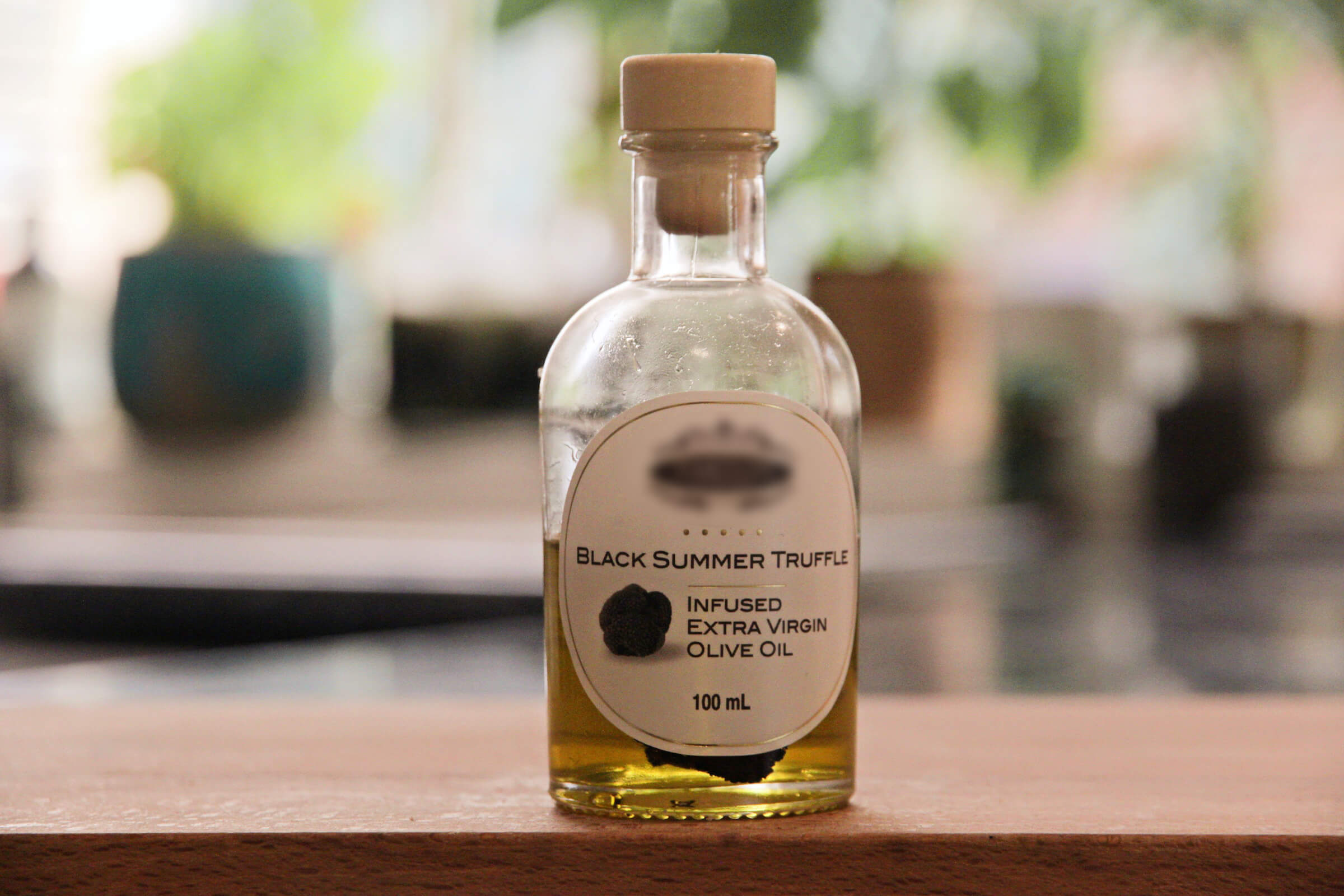
Cinnamon
Cinnamon is a spice that is made from the inner bark of the Cinnamomum verum tree. According to Healthline, the bark is dried and rolled into quills, which are then ground into powder. Cinnamon can also be extracted from the bark to create a liquid form.
There are two main types of cinnamon: Ceylon cinnamon and Cassia cinnamon. Ceylon cinnamon is the more expensive type and is considered to be of higher quality. It is native to Sri Lanka and has a delicate, sweet flavor.
Cassia cinnamon is less expensive and is more common in supermarkets. It is native to China and has a stronger, more bitter flavor. Most of the cinnamon you consume may have been Cassia cinnamon instead of Ceylon cinnamon since it’s a more cost-efficient choice.
Cinnamon is used in a variety of foods, including baked goods, curries, and beverages. It has a number of health benefits, including reducing blood sugar levels, improving heart health, and fighting inflammation.
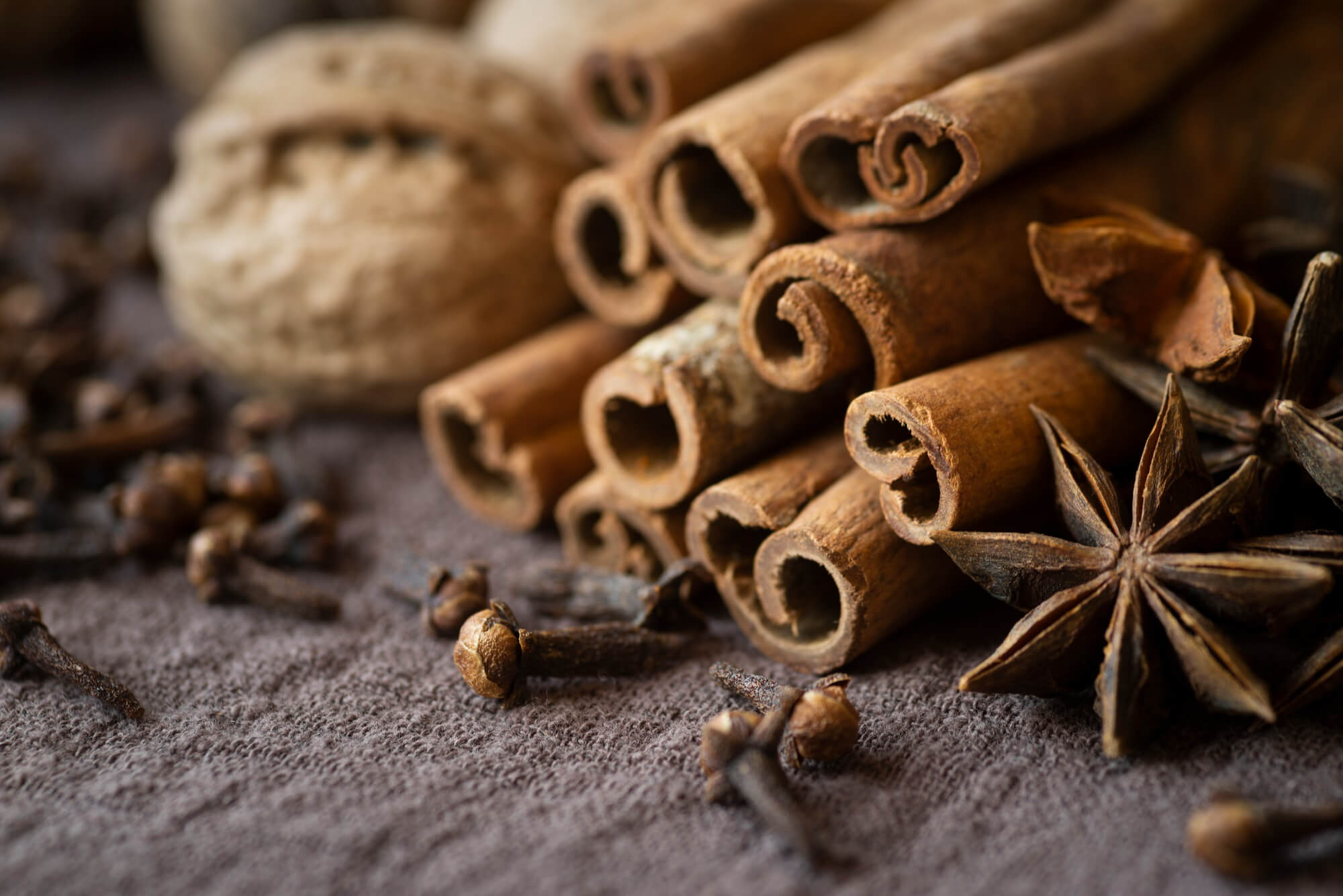
Canned Pumpkin Puree
Pumpkin pie is a popular dessert during the late-year holiday season. It is made with canned pumpkin puree, which is a mass-produced and commonly available ingredient. However, the canned pumpkin puree that is sold in stores is not actually made from pumpkins.
Instead, it is made from a combination of pumpkin-like winter squashes, such as Golden Delicious, Hubbard, and Butternut squashes. The Dickinson squash is sometimes used, which is a close relative of Butternut squashes, but not a pumpkin.
The Food and Drug Administration (FDA) does not have strict rules about what can be legally called “pumpkin (according to Mental Floss).” This allows companies to market their canned pumpkin puree as “100% Pure Pumpkin” even though it is not actually made from pumpkins.
Canned pumpkin puree is not made from pumpkins because pumpkins are too watery, stringy, and lacking in sweetness and flavor to make into a smooth, pie-ready puree. Winter squashes, on the other hand, are more suitable for making pumpkin puree.

Wasabi
In Japanese restaurants in the United States, sushi is typically served with two garnishes: pickled ginger and wasabi. The wasabi that is served in most sushi bars is faux. Real wasabi is made from the grated root of the Wasabia Japonica plant (according to HuffPost), which is difficult to grow and expensive to import.
According to Vice, the wasabi that is served in most sushi bars is made from horseradish, which is a cheaper and easier-to-grow plant. The horseradish is ground up and mixed with green food coloring to make it look like real wasabi.
The reason why most sushi bars serve fake wasabi is that it is simply not feasible to serve real wasabi. Real wasabi is very expensive, and it does not have a long shelf life. It also needs to be grown in a very specific environment, which makes it difficult to import.
While fake wasabi may not be as flavorful as real wasabi, it is still a good condiment for sushi. It has a similar spicy flavor that helps to cut through the richness of the fish. If you are looking for the real deal, you can try to find a sushi bar that serves real wasabi. However, if you are not able to find real wasabi, the imitation one will do just fine.

Vanilla Extract
Real vanilla extract is made by soaking vanilla beans in a mixture of water and alcohol. The beans are first cured for several months, which allows them to develop their characteristic flavor. According to America’s Test Kitchen, Madagascar is the world’s largest producer of vanilla. Real vanilla extract is known for its rich, complex flavor.
Imitation vanilla extract is made from vanillin, which is the primary flavor component of vanilla beans. Vanillin can be extracted from vanilla beans, but it is also a byproduct of the paper and wood pulp industries. To make imitation vanilla extract, vanillin is dissolved in a liquid, such as alcohol or propylene glycol. Caramel coloring is also common, to make the imitation vanilla extract resemble the color of natural vanilla extract.
When choosing vanilla extract, it is important to consider the cost and the flavor profile of the recipe you are making. If you are looking for a rich, complex flavor, then real vanilla extract is the best choice. If you are on a budget or if you are not concerned about the flavor, then imitation vanilla extract is a good option.
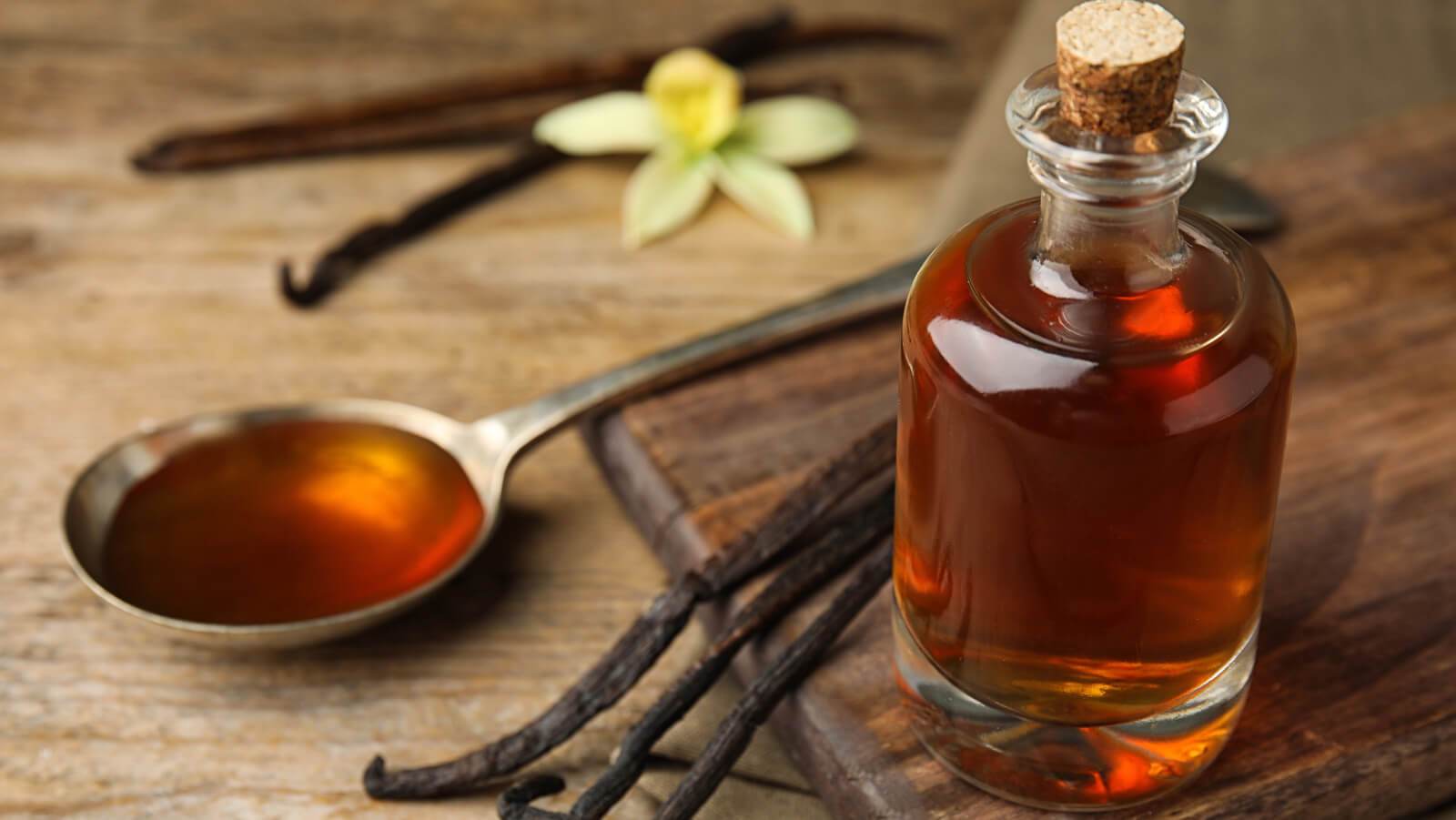
Caviar
Caviar is a delicacy that has been enjoyed for centuries. Traditionally, it was made from the eggs of sturgeon fish, which were caught in the Caspian Sea and the Black Sea. However, overfishing in these regions led to a decline in the sturgeon population, and caviar became increasingly expensive.
In response to the growing demand for caviar, producers have turned to other sources of fish eggs. Trout and salmon eggs are now commonly used to make caviar, and they can be found at a variety of prices.
While trout and salmon caviar are not technically caviar, they are still made from real fish eggs. However, there are also imitation caviar products on the market that are made from seafood extract, gelling agents, and dyes (according to Pearls of Caviar). While these fake products are less expensive than real caviar, they do not offer the same level of quality.
If you want to be sure you are getting the real thing, buy caviar from a reputable source. You can also ask the salesperson about the type of fish eggs that were used to make the caviar.
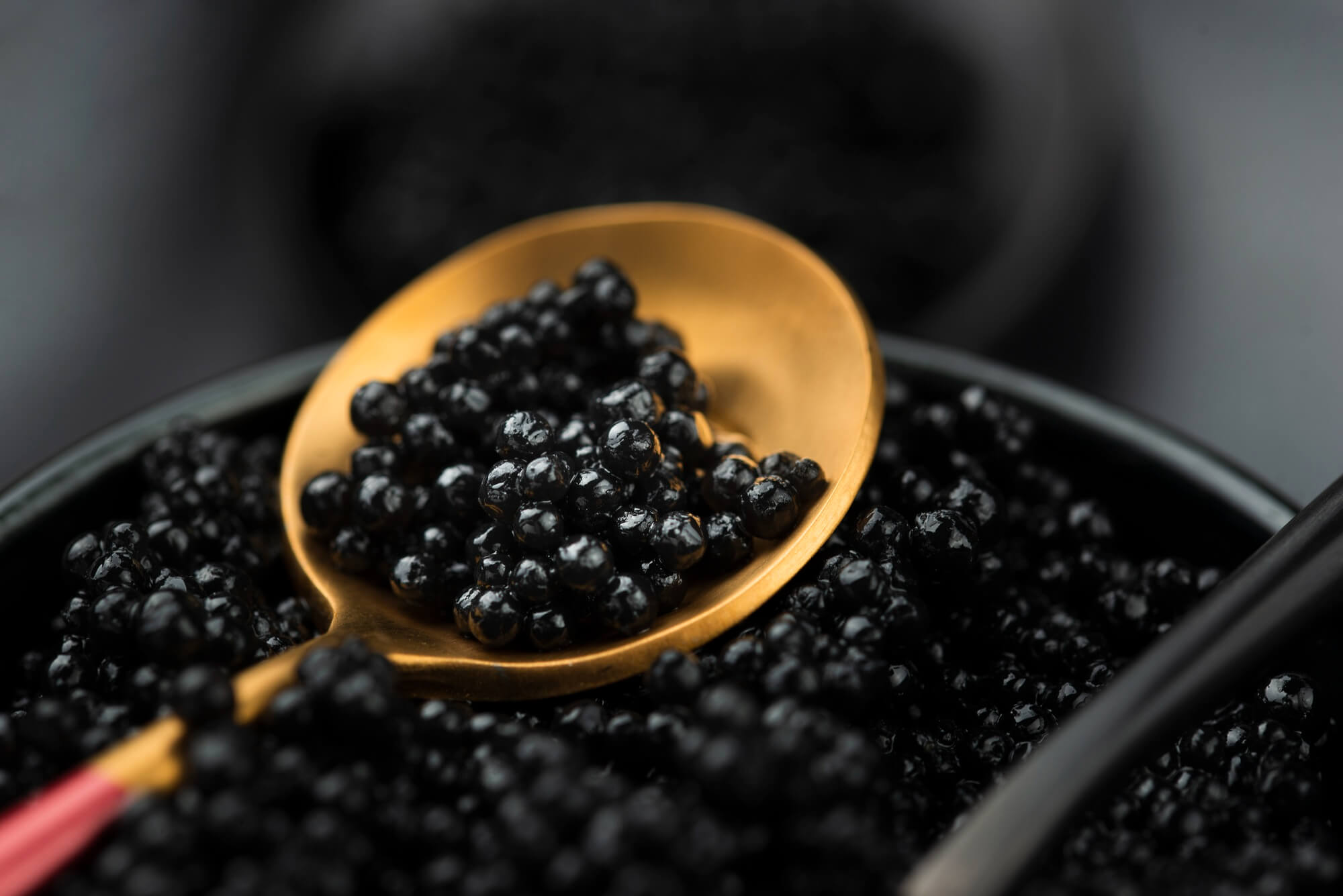
Honey
KFC is known for its homestyle cooking, which includes fried chicken, mashed potatoes, and biscuits. They are served with packets of butter and honey.
However, the butter is actually a margarine called Buttery Spread. The Honey Sauce contains only a small amount of real honey, the rest is made with high fructose corn syrup, corn syrup, sugar, fructose, and molasses. Some coloring agents are also added to give the sauce a more honey-like appearance.
While KFC is at least honest about the ingredients in its Honey Sauce, many other companies that sell honey products are not. Imitation or adulterated honey is a massive, fraudulent industry. It is one of the most-faked foods on a global scale.
Like KFC, these companies substitute cheaper high fructose corn syrup or beet syrup for the more expensive real honey. They also use chemically modified sugar to make the industrially produced sweeteners resemble honey.
It is important to be aware of the ingredients in honey products, especially if you are buying them for your health. Real honey has many health benefits, but imitation honey does not. If you are looking for a honey product that is both healthy and delicious, you can try buying it directly from beekeepers or reputable retailers.
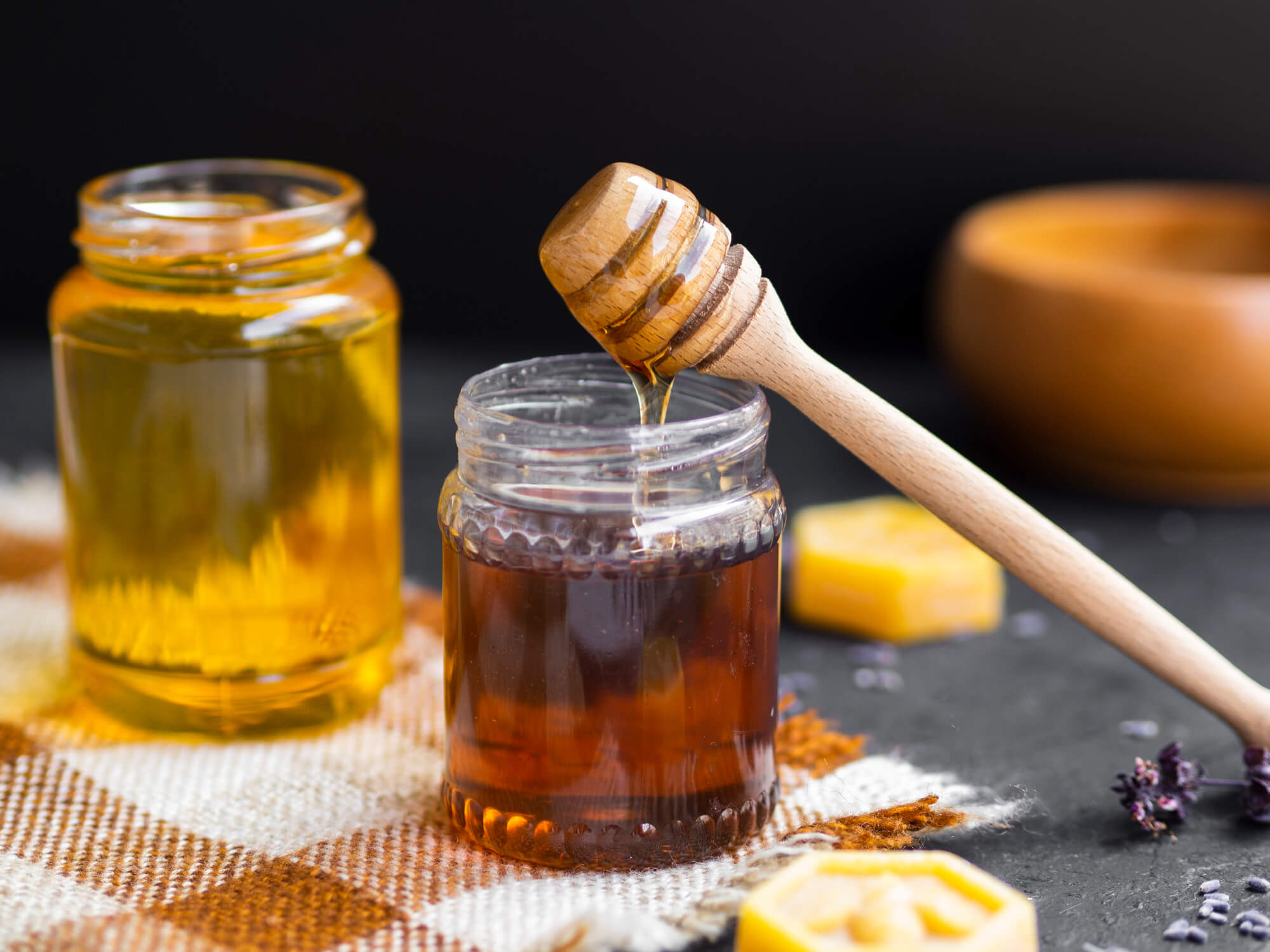
Seafood
Seafood fraud is a global problem that affects consumers, businesses, and the environment. In the United States, a 2013 study by Oceana found that one-third of fish samples tested from sushi parlors were mislabeled. Tuna and red snapper were the most commonly mislabeled species, with 60% and 87% of samples, respectively, being mislabeled.
Lobster is another popular seafood that is often mislabeled. Mainstream restaurants like Red Lobster and fast food chains like Long John Silver’s have both been caught selling seafood labeled as “lobster” that is actually langoustine, a cheaper and less flavorful cousin of lobster.
Grouper is also a popular target for seafood fraud. A 2016 investigation by the Florida state attorney general’s office found that restaurants were passing off cheap, imported seafood like tilapia, hake, bream, and green weakfish as grouper.
There are a number of reasons why seafood fraud is so common. One reason is that it can be difficult to tell the difference between different types of seafood, especially if they are cooked. Another reason is that seafood is a perishable product, and it can be difficult to keep track of its origins. Finally, seafood is a global commodity, and it can be difficult to enforce regulations on seafood imports and exports.
To protect yourself from seafood fraud. You can ask the server about the origin of the seafood you are ordering. Or you can look for restaurants that have a good reputation for serving fresh, high-quality seafood.
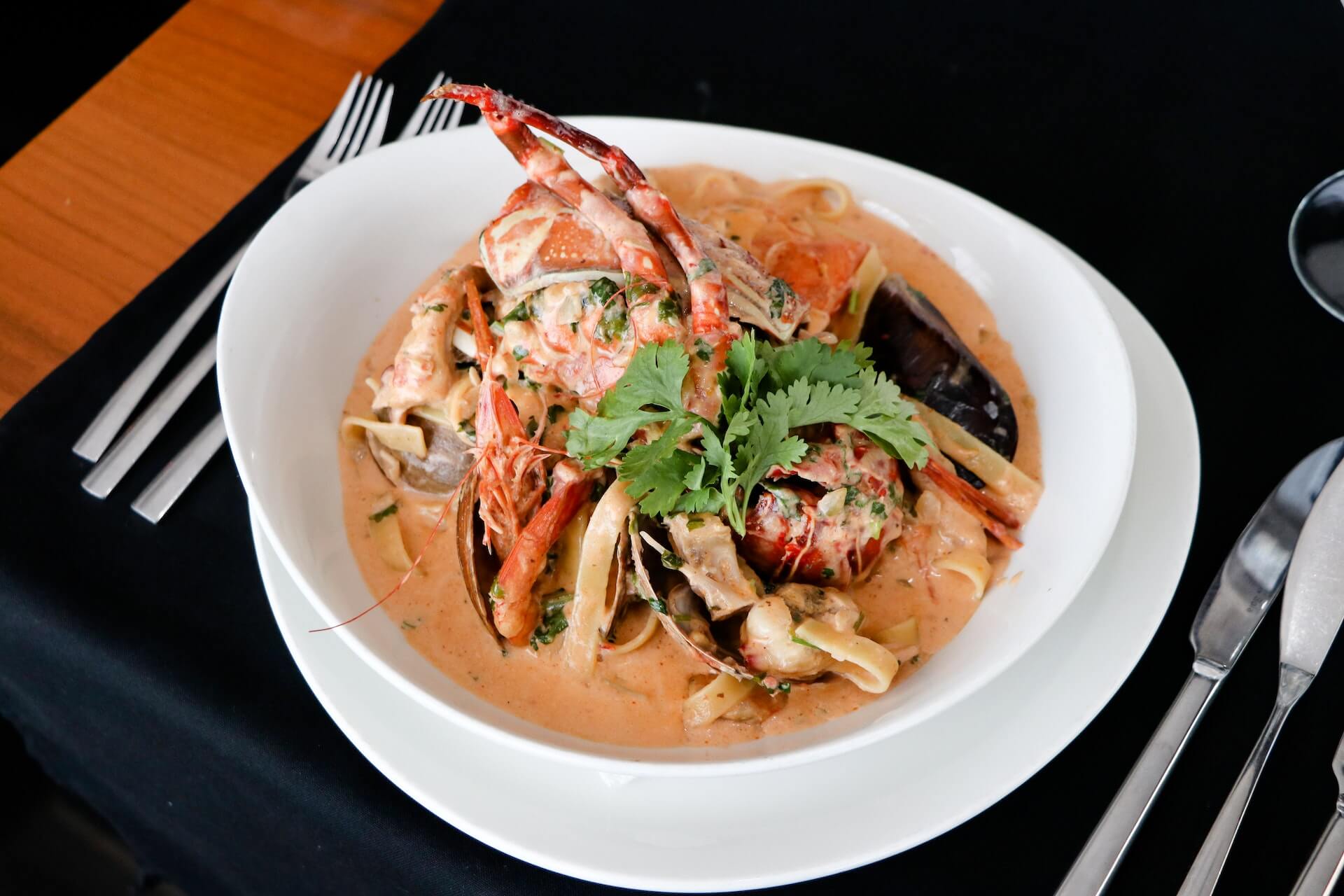
Extra Virgin Olive Oil
Extra virgin olive oil is one of the most common and far-reaching fake foods in the world today. It is used for a variety of cooking and food preparation purposes in home kitchens and restaurants of all levels. However, many people who use what they think is extra virgin olive oil are unaware that it is not authentic.
According to Forbes, a large percentage of the global extra virgin olive oil market is made up of fraudulent or adulterated products. Some distributors dilute real olive oil with inexpensive and widely-produced alternatives, like peanut oil or soybean oil. This is done in order to increase profits, as real extra virgin olive oil is a more expensive product.
In 2006, a federal raid of a New Jersey warehouse yielded 61,000 liters of extra virgin olive oil and 26,000 liters of lower-quality olive oil (according to The New Yorker). A great deal of it, bound for widespread distribution, consisted entirely of soybean oil.
There are a few things that consumers can do to avoid buying fake extra virgin olive oil. First, they should look for a seal of approval from a reputable organization, such as the International Olive Council (IOC). Second, they should buy extra virgin olive oil from a trusted source, such as a specialty food store or a reputable online retailer. Finally, they should be aware of the signs of fake extra virgin olive oil, such as a cloudy or murky appearance, a strong smell, or a low price.
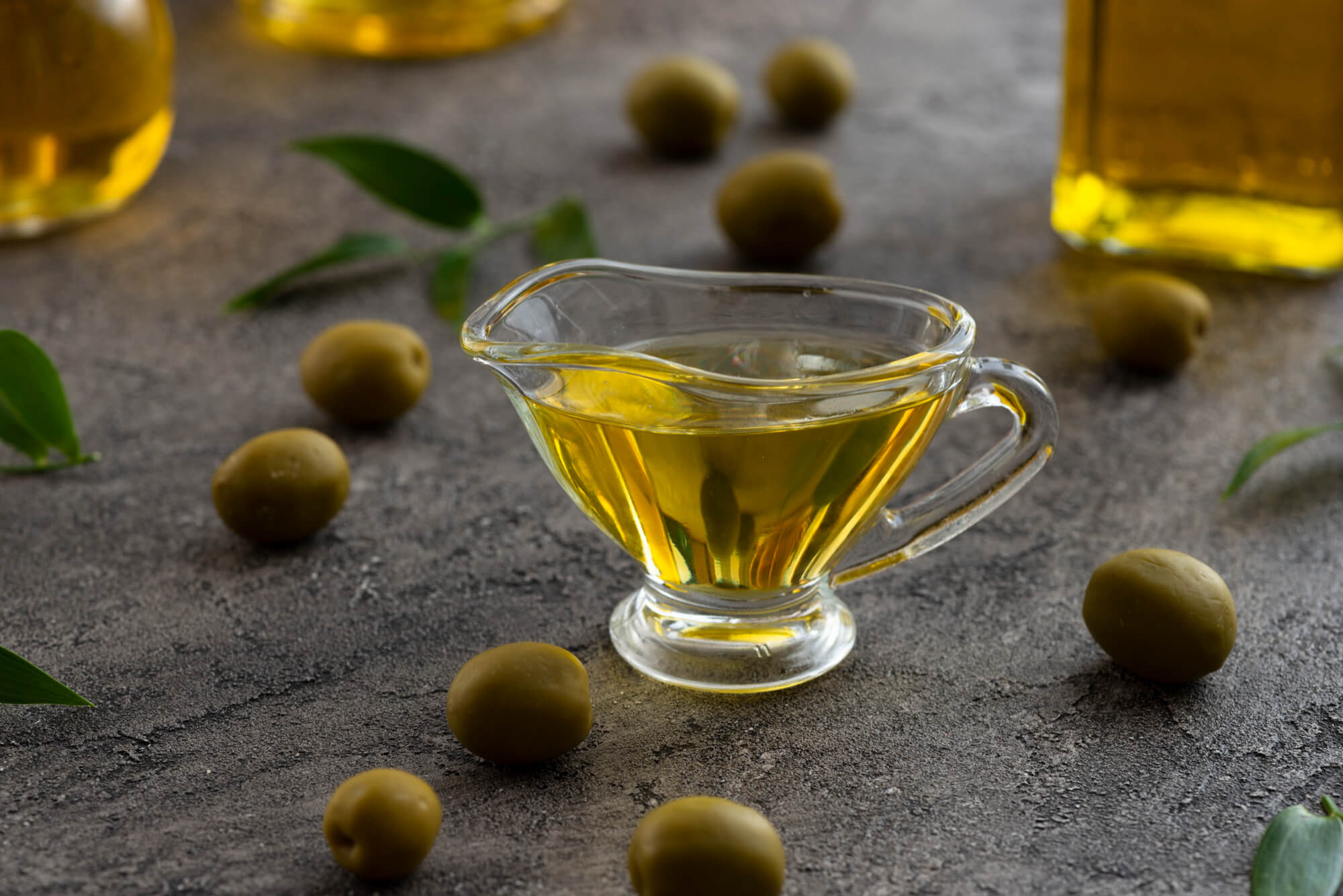
Imitation Crab Meat
Crab is a popular seafood that is loved by many people all over the world. This high demand has made crab a very expensive delicacy. Some suppliers and producers have taken advantage of this high demand by selling imitation crab. This practice is deceptive and can lead consumers to purchase a product that is not what they expect.
Imitation crab is a cheap, processed seafood product that is often used in salads, sandwiches, and sushi. It is made from a fish product called surimi, which is made from whitefish such as pollock. Surimi is then mixed with other ingredients, such as starch, water, vegetable oil, egg whites, soy, sugar, and salt. The resulting product is shaped and colored to resemble crab meat.
Imitation crab is not as nutritious as real crab meat. It is lower in protein and omega-3 fatty acids, and it is higher in sodium and calories. Imitation crab may also contain artificial colors and flavors, and it may contain gluten, which is not suitable for people with celiac disease or gluten intolerance.
If you are looking for a healthy seafood option, imitation crab is not the best choice. Real crab meat is a better option, as it is more nutritious and lower in sodium and calories. However, if you are on a budget, imitation crab can be a less expensive alternative. Just be sure to read the label carefully and choose a brand that does not contain artificial colors or flavors.
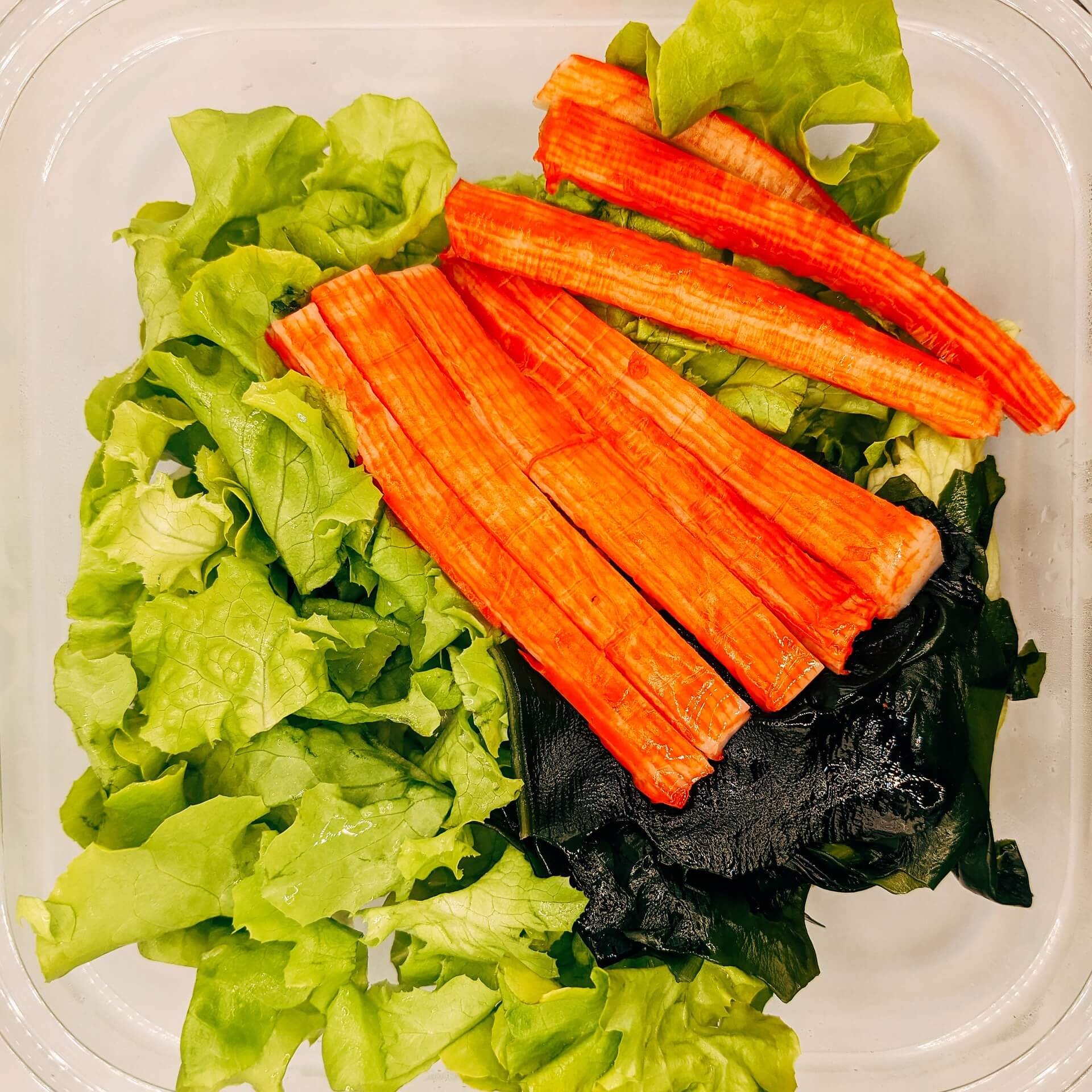
EatnSmile is the go-to platform for reviewers
This blog post has provided you with information about 11 fake foods that can easily fool your palate. With this knowledge, you can be more discerning when consuming foods with these ingredients.
In addition to using this knowledge to protect yourself, you can also help protect others by writing a review on EatnSmile if you discover that a restaurant is using fake foods. Your review can help other diners make informed decisions about where to eat.
EatnSmile is an app that rewards users for contributing food reviews. This incentive encourages users to share their experiences, which helps to build a vibrant and healthy community of reviewers. With EatnSmile, you can share your honest opinion about your dining experience, whether it was good or bad since you can remain anonymous.
We also have a wealth of information on our website about writing food and restaurant reviews, as well as information about EatnSmile, How to profit from the site, and Why EatnSmile is a prospective project. Be sure to check it out.



